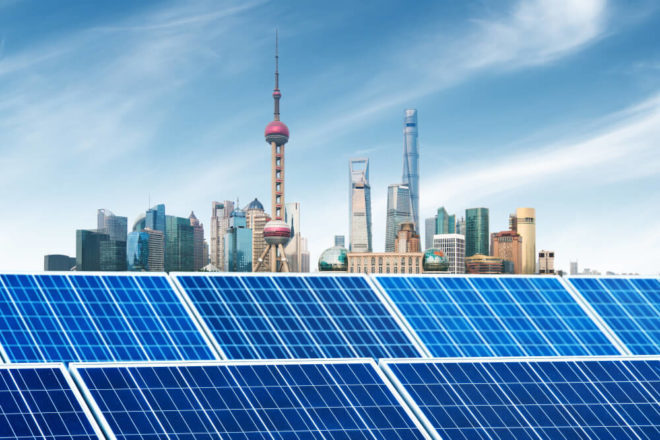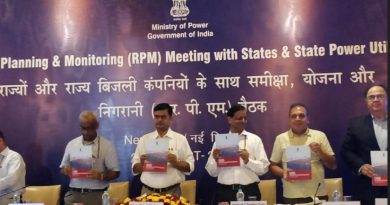Subsidies Dog China Solar Market too, As Firms Struggle With Backlog

Solar power projects across multiple provinces in China are struggling to maintain operations, driven to the face of bankruptcy risks due to long overdue payments of subsidy by the government. The warning follows rapid growth in China’s solar sector, which has led to a subsidy backlog of 120 billion yuan ($17.4 billion), with prices for solar power varying wildly from region to region, according to an investigation by regulators, as reported by Reuters.
Last year, China added 50 GW of solar power capacity, according to the IEA, which was more than it added for coal, gas and nuclear power, combined. According to the 2017 IEA Report, China alone was responsible for over 40% of global renewable capacity growth, largely driven by concerns about air pollution and capacity targets that were outlined in the country’s 13th five-year plan to 2020. In fact, China has already surpassed its 2020 solar PV target.
The National Energy Administration’s (NEA’s) bureau in charge of northwest China said the payment backlog had forced many Ningxia projects to take high-interest loans to stay afloat, with some unable to afford basic maintenance.
As a part of the government’s solar policy, all projects approved by the government are entitled to a subsidy for each kWh of energy they sell to the grid, but with the surge in new capacity addition, the finance ministry has struggled to disburse payments on time. “Local authorities in Ningxia should further control the capacity of renewable projects and strengthen supervision of subsidy distribution… in order to prevent widespread bankruptcy in the industry,” said the report.
Some Chinese regions have already achieved “grid-price parity”, as the government works to provide more support for subsidy-free projects. However, wind and solar projects in western regions like Ningxia and Xinjiang still find it difficult to compete with cheaper coal, with data earlier this week showing the grid in Ningxia paid just 255.5 yuan (Rs 2,727)per megawatt-hour (MWh) for coal-fired power last year, compared to 871.6 yuan (Rs 9302) for solar.
The Asian superpower wants to bring down the cost of alternate energy to allow wind and solar projects to compete subsidy-free with coal-fired power. In a bid to ease its subsidy burden and help the sector focus on efficient supply, earlier this year China has already capped the number of new projects for this year. As the fastest growing solar market in the world, finally faces a hurdle big enough, to force a slow-down.
Read: China, India fast becoming the twin engines of renewable growth




